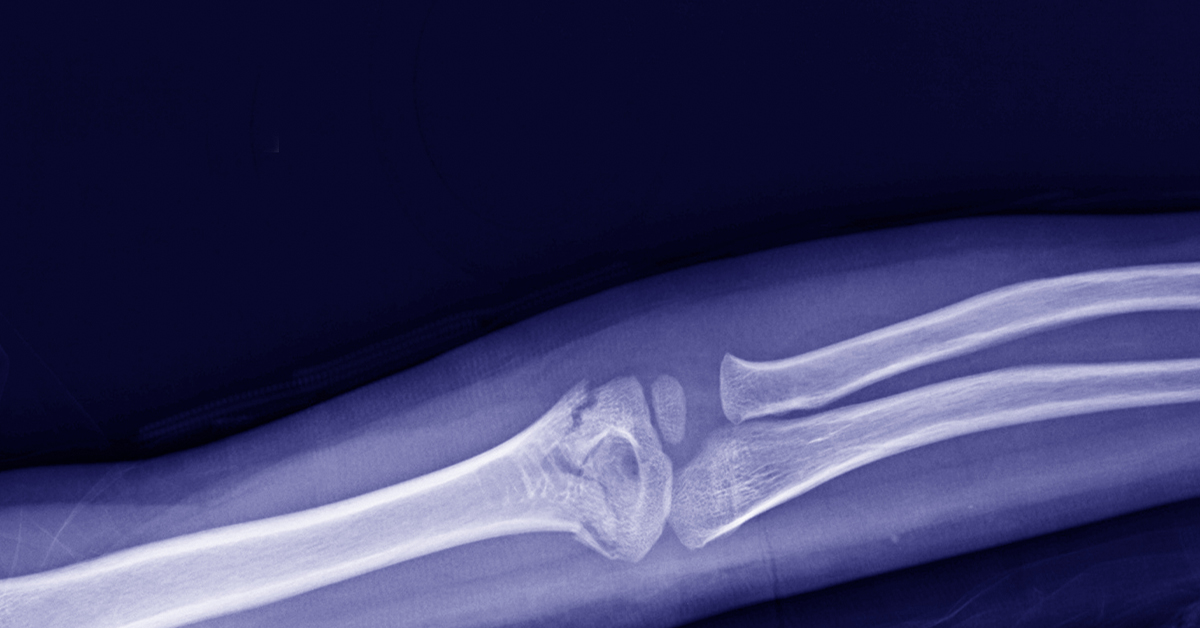
Fracture Surgery
At some point in our life, some of us are likely to sustain some form of injury that results in a fracture. Most of these cases can be easily treated with the aid of simple plaster of Paris casts or even slings. However, some patients will require surgery to correct the fracture. Fracture surgeries are many. They range from a simple repair with pins and rods to more complex ones that involve multiple areas of repair and even joint replacement. In this article, we shall take a look at fracture surgery in general.
When is Fracture Surgery Performed?
Fracture surgery is indicated in complex fractures that will heal better and unite appropriately when put together through surgery. Any type of fracture can be corrected through surgery. The most common type of surgical correction is called open reduction and internal fixation, or ORIF.
Before the Surgery
Prior to surgery, the patient is assessed in detail to determine the type of fracture and the extent of damage. Patients will undergo investigations such as X-rays, blood tests and even CT scans to determine the type of surgery that they will benefit from, and also whether they are well enough for surgery.
Fracture Surgery - General Principles
Consent is obtained from the patient and the benefits and risks are explained. The patient is placed under anesthesia (usually general anesthesia) and the area to be operated upon is cleaned with antiseptic solution. The skin is incised, as are any intervening tissues, until the bone is exposed. Parts of the bone that need excising are done so if needed. The fractured bone is then brought together and held in place using screws, rods and plates (the choice may vary for different kinds of fractures).
Once the bone is fixed, the skin is closed and the patient is kept in hospital for a few days if needed. Rods can stay in place for a few days to a few weeks, depending on the type of fracture.
After the Procedure
Once the procedure has concluded, patients are discharged home after a few days. Once the fracture has healed completely, patients may need a period of physical therapy to help them regain their strength and mobility. This can take a while, as resting the fractured area can cause the muscles around that area to become weak.
Risks and Complications
These are rare, and are often related to the anesthesia. Patients may develop an infection at the site of surgery, and this can be treated with antibiotics. Bleeding and bruising at the site of the operation is fairly common and disappears after a few days.
In some cases, the bones fail to fuse in the right manner and orientation despite being fixed in that way. This is called a malunion. While in most cases patients will not notice any gross abnormalities, significant malunions can look unsightly. This complication is rare.
Sometimes, fractures may not unite at all. This is called a non-union. Patients may require further surgery to treat this.
Conclusion
Fracture surgery is a commonly performed surgery. It is fairly straightforward to do, and is often safe and effective.

